M1 Carrier board
We have designed an adapter board that lets you mount any Raspberry Pi compatible SBC inside the M1 enclosure. This adapter board is more than just an adapter and adds several additional features.
Getting to know your carrier board
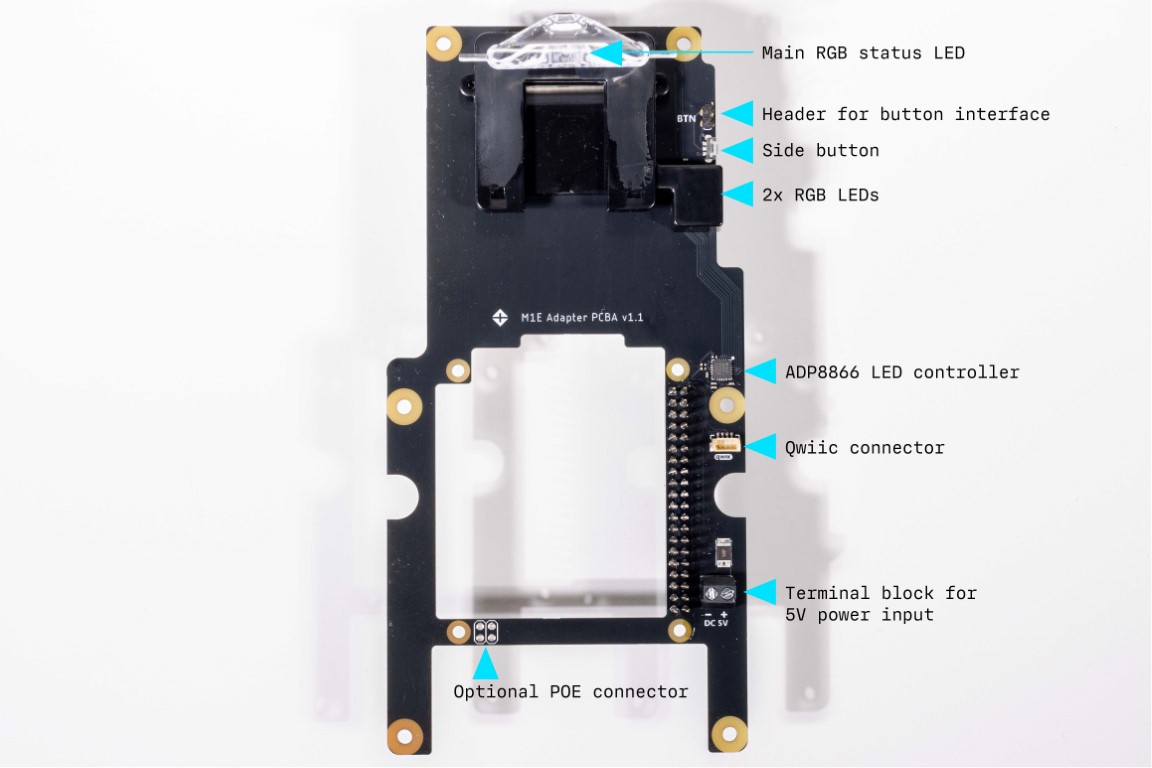
RGB LEDs
There are three user-programmable RGB LEDs:
- One on the top (main status LED)
- Two on the side (near the external button)
These are controlled by an onboard ADP8866 I²C LED driver, connected to pins 3 and 5 on the 40-pin header (standard I²C).
Its default I²C address is 0x27.

Heads-up: This shares the same I²C bus as the Qwiic connector, so avoid address conflicts.
Button
The M1 enclosure includes a user-accessible push button on the exterior. You can hook it up in parallel with your Tachyon/Muon/RPi's user button header to enable ON/OFF or suspend actions.
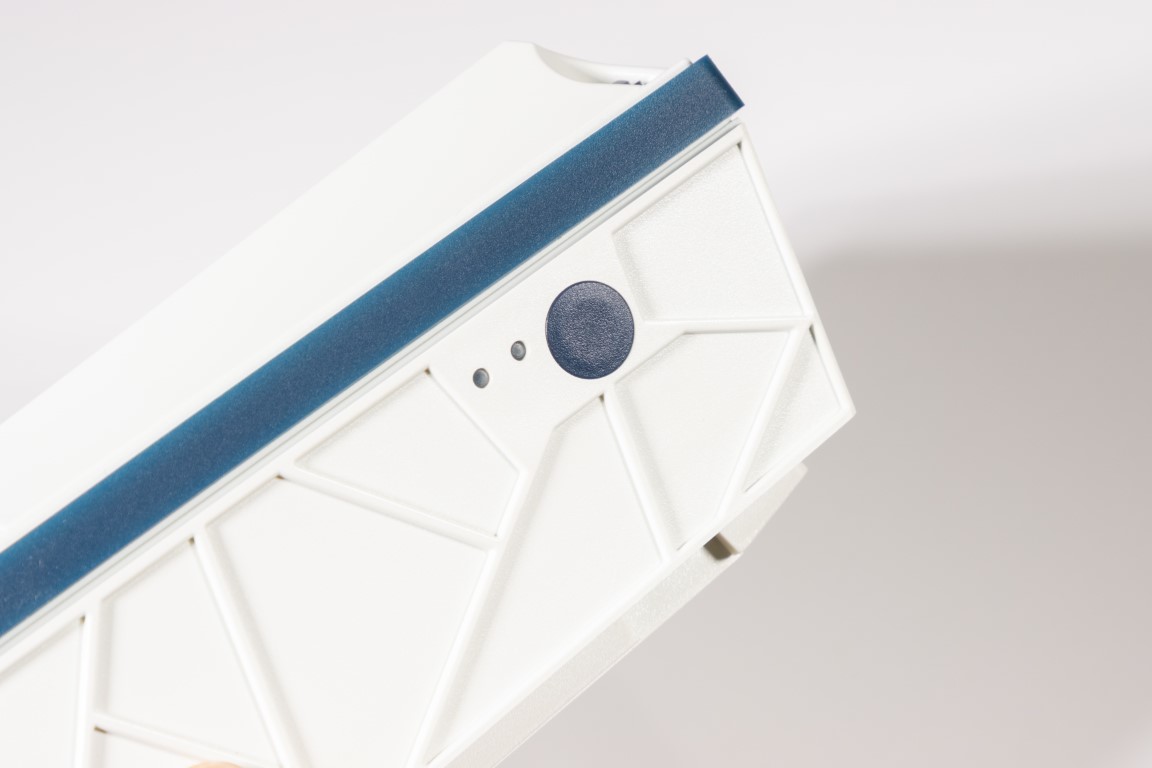
Use two jumper wires to connect the BTN header to the Tachyon/Muon/RPi's user button input.

The BTN header is clearly marked, has no polarity, and is easy to connect.
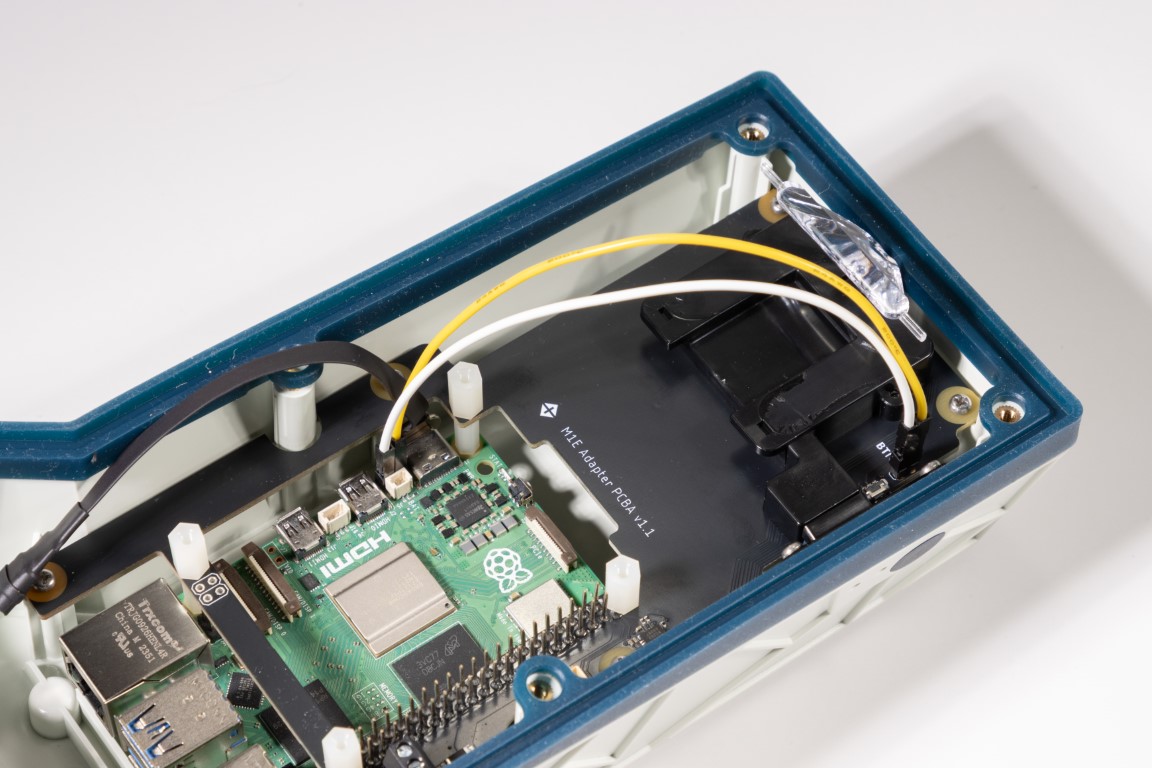
We recommend using 6" jumper wires with one end female and the other end bare or male.
Just make sure to solder or secure the connections properly.
Power Input
The carrier board provides easy to use 2-pin terminal block connector to bring in power to your device. This connector is hooked up to the 5V and GND pins on the 40-pin header of your device.
POE connector
We have included an optional POE female header in the kit that can be soldered into the POE connector pads. This allows one to bring in power to the board over an ethernet cable. The interface is compatible with the Particle Muon and the Raspberry Pi, but it not compatible with the Particle Tachyon.
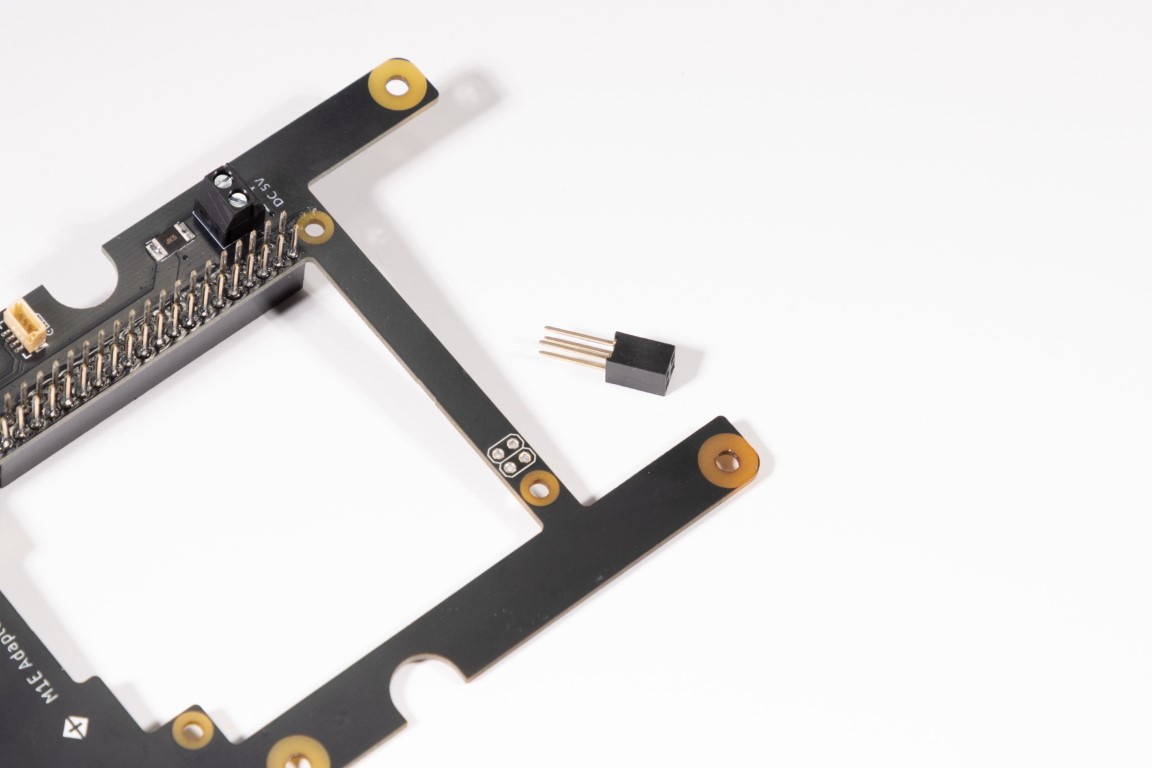
Qwiic connector
We’re big fans of the SparkFun Qwiic ecosystem (also known as Adafruit’s STEMMA QT) here at Particle. It’s a super convenient way to hook up sensors, displays, and other I²C devices without needing to solder or fuss with wiring. Just plug, chain, and go.
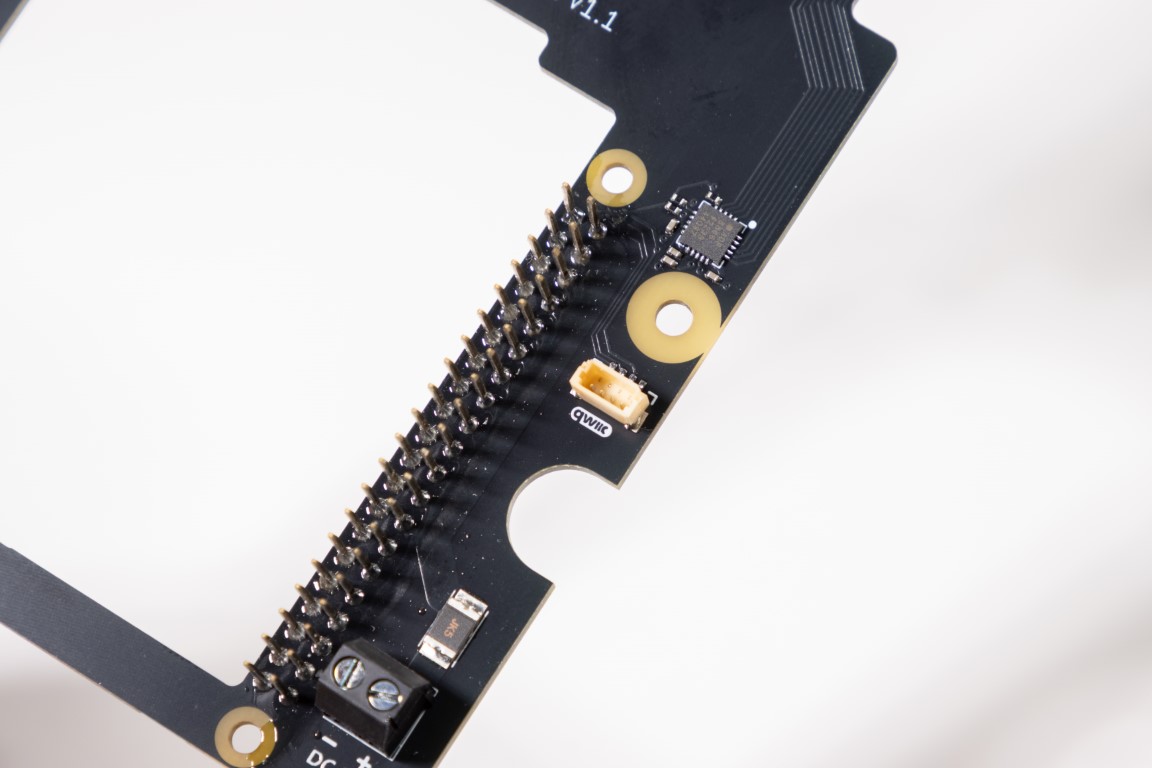
Just plug in compatible sensors, displays, or IMUs—no soldering required.
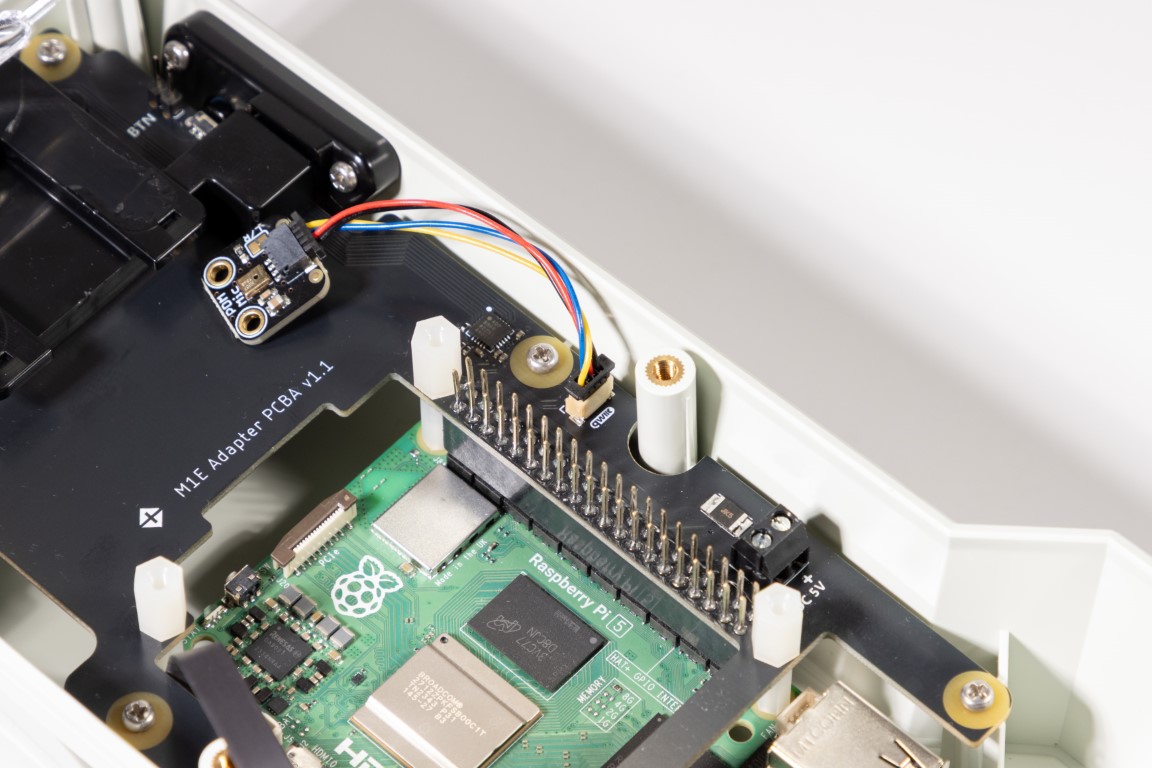
The Qwiic port is tied to pins 3 and 5 on the 40-pin header and runs at 3.3V logic.